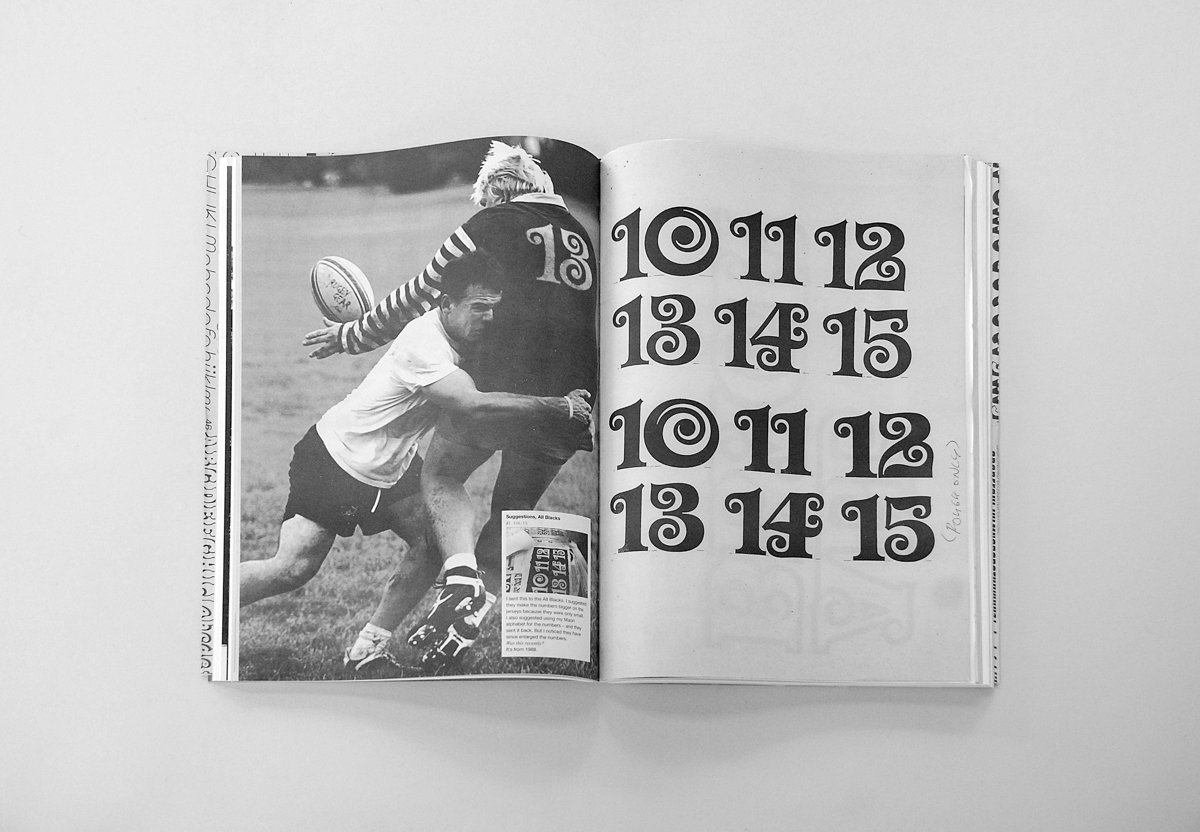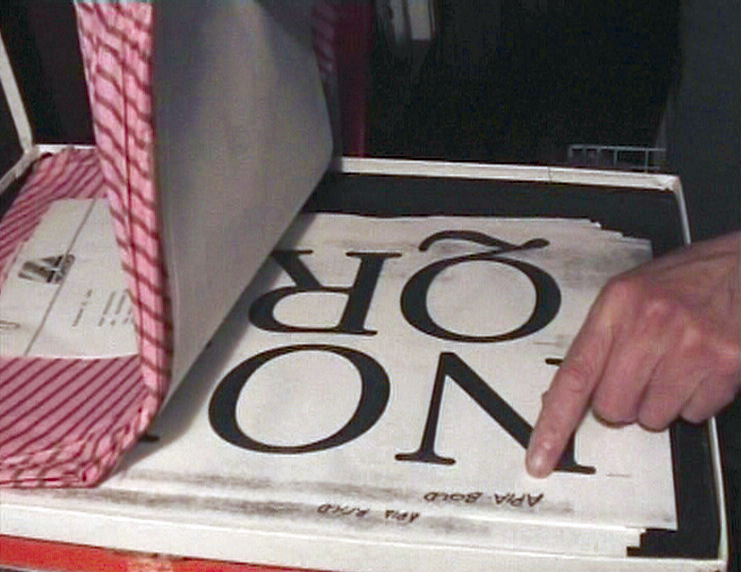Reasonable precedents – Luke Wood

David Bennewith
Clouds & Jan van Eyck Academie
2009
In that sense I liked your description of the Churchward book as a “collaborative working-book”. That has the ring of getting your hands dirty about it, and that sort of practical engagement with material
I was getting at before. Likewise your comment about it being an “operational approach to a serviceable historical record”. That word ‘operational’ sounds right too (although I might be putting my own spin on your words here?).
Anyway I was trying to think what to make of all this when I received Bruce Russell’s text for this next issue. (It’s strange, we never plan to have thematic connections within each issue, but they seem to happen regardless, and as editor it’s nice to know I can just run Bruce’s text after this one.) Quickly reading Bruce’s piece, but with our conversation still very much at the front of my mind, I came across this: “He was pre-occupied with the fact that we only know ‘cultural artifacts’ at a remove. While traditional critics and art historians obsessed over the original significance of things for their creators and first privileged recipients, Benjamin was the first to make our ‘removal’ from the creation of an artefact into a virtue—a path to new knowledge.”
That’s Walter Benjamin he’s talking about there obviously. And, at the risk of offending both you and Bruce, I want to say this feels like it has something of what I’m after in it too. He carries on: “His category of experience was intended to de-laminate the work, to dissolve it in an acid of time and uncover its meaning for us... He was striving not to explicate what these things meant in themselves, but what they mean to us, at the point of their reception.”
I can’t help but feel like he could be talking about David’s project here—specifically the nature of his engagement with Joseph’s work. This also describes what I felt like I wanted to try and do with the Robert Coupland Harding material. Maybe it’s just a matter of emphasis? You want a deeper picture of the social context of the specific time the work was being made. I want to see if I can apply that work to my everyday experience as a designer here. And of course there’s certainly some overlap there. So I can see my venn diagram working I think. We need each other obviously.

David Bennewith & Warren Olds
2006
Reproduced from ‘Reasonable Precedents’, a conversation between Luke Wood and Noel Waite in The National Grid #6, August 2010. pp23–42.
